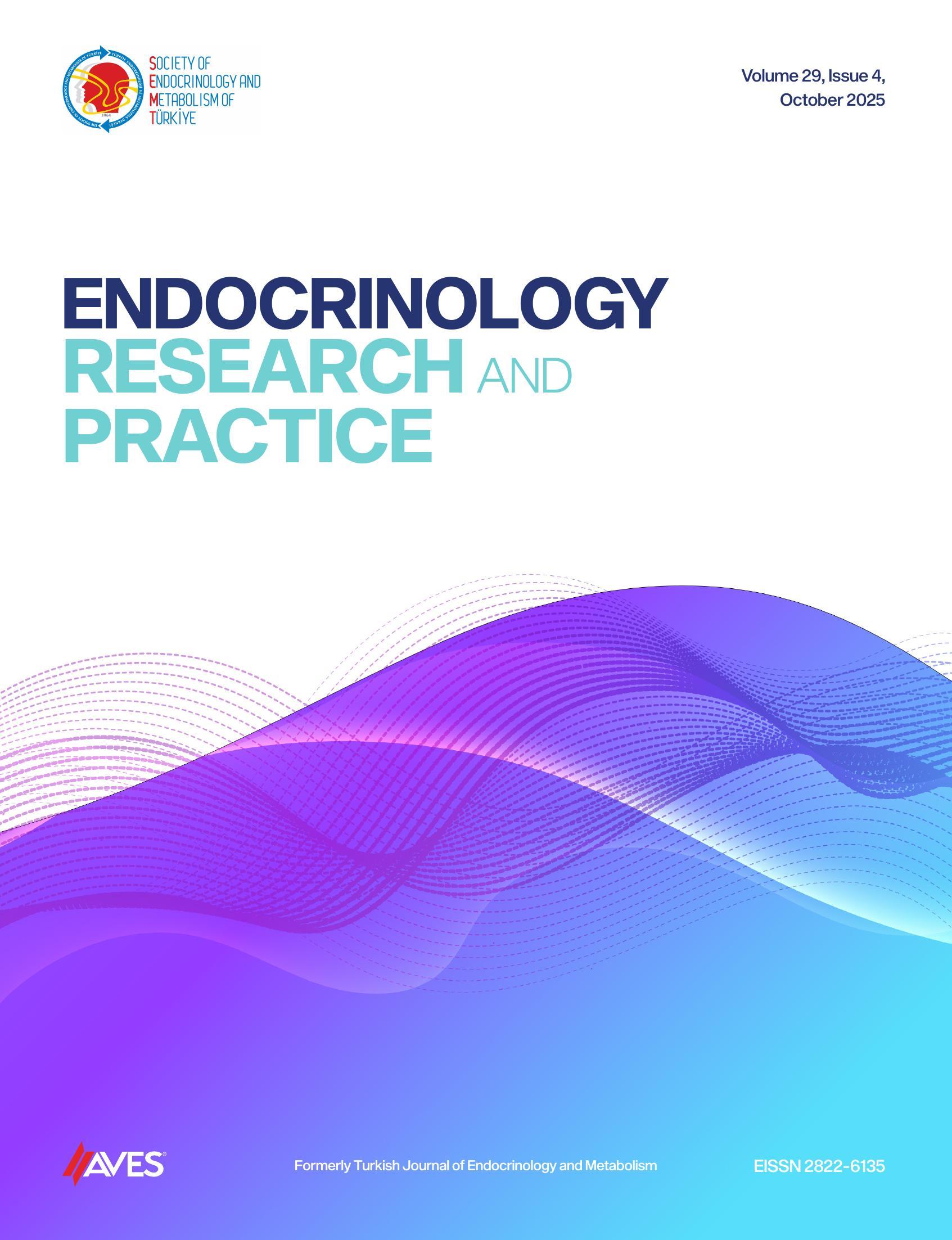Objective: Hemoglobin A1c (HbA1c), a key indicator of glycemic status over the last 3 months, is increasingly favored by clinicians to diagnose diabetes. Iron deficiency anemia (IDA), the most prevalent anemia worldwide, may alter HbA1c levels. However, data from eastern India are scarce, and existing studies offer conflicting results. This study aimed to investigate the impact of IDA on HbA1c levels in nondiabetics and to explore the correlation of HbA1c with hemoglobin (Hb), parameters of the iron profile, and red blood cell (RBC) indices.
Methods: This cross-sectional analytical study compared 60 euglycemic patients with IDA, aged 18 to 60, to 60 age- and sex-matched euglycemic individuals without anemia. Data analysis was performed using SPSS version 25, with significance set at P < .05. Spearman’s rho correlation coefficients examined correlations between Hb, serum iron, serum ferritin, total iron binding capacity (TIBC), transferrin saturation, packed cell volume (PCV), reticulocyte count, mean corpuscular volume (MCV), mean corpuscular hemoglobin (MCH), and mean corpuscular hemoglobin concentration (MCHC) with HbA1c. Multinomial logistic regression analyzed the relationships of HbA1c (dependent variable) with RBC indices and iron profile parameters (independent variables).
Results: The mean (SD) HbA1c value for IDA patients was 6.5 (0.5)% compared to 5.13 (0.80)% for controls (P < .001). HbA1c showed significant negative correlations with Hb, PCV, serum iron, serum ferritin, transferrin saturation, MCV, MCH, and MCHC, while TIBC was positively correlated with HbA1c. Each unit decrease in Hb increased the likelihood of HbA1c values in the prediabetic and diabetic range by 2.61 times (95% CI=1.65-3.50) and 2.40 times (95% CI=1.81-3.77), respectively (P < 0.001).
Conclusion: The study highlights a significant increase in HbA1c levels with the worsening of IDA in non-diabetics, indicating that IDA should be addressed before interpreting HbA1c results accurately.
Cite this article as: Dutta N, Khatun B, Das I, Ghosh A, Roy S. Effect of iron deficiency anemia on HbA1c in non-diabetics: an analytical study from eastern India. Endocrinol Res Pract. 2024;28(4):216-223.

-1(1).png)

.png)